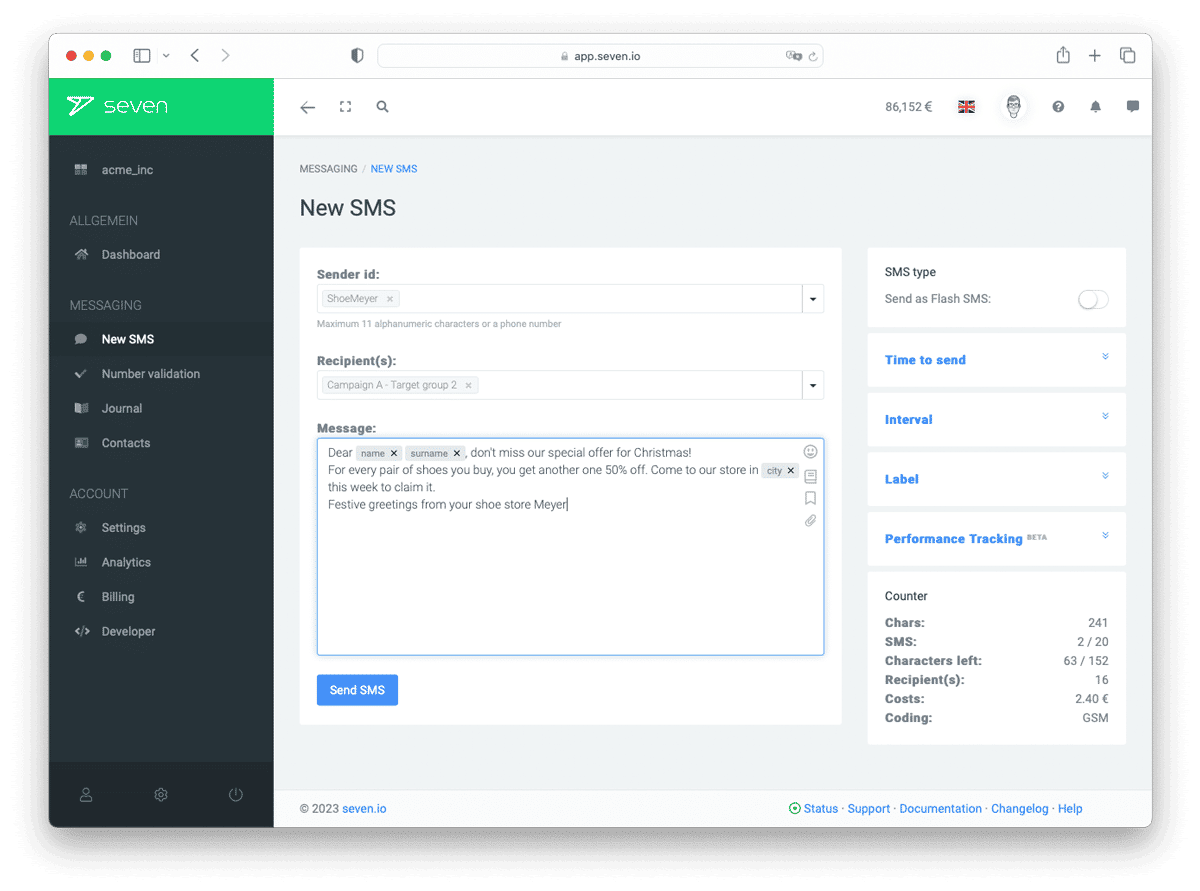Why is customer segmentation so important and how do you do it right?
We always like to stress the importance of assigning your customers and recipients to meaningful groups before you launch your SMS campaign. Customer segmentation is one of the basic requirements for the success of marketing campaigns of all kinds – whether they include sending out SMS or not. In this blog post we would like to show you why you should pay attention to a meaningful customer segmentation and how you go about this task.

2 Comments. Leave new
My message are not going
Hi, if your messages are not going through, please check this article for troubleshooting: https://help.seven.io/en/sms-has-not-been-received
If that doesn’t help, please make sure to reach out to our support at support@seven.io